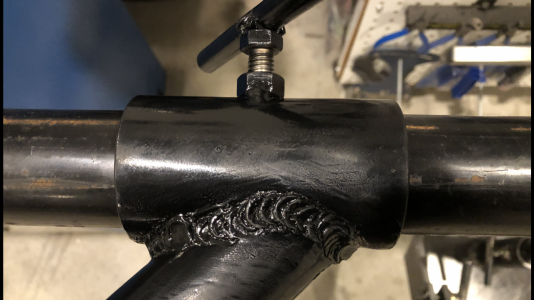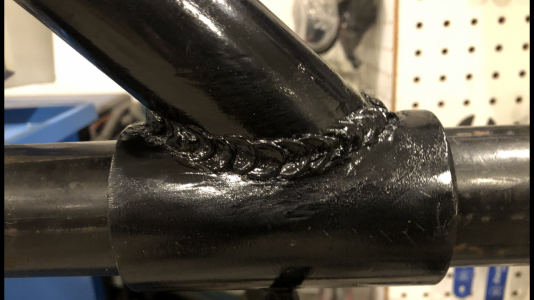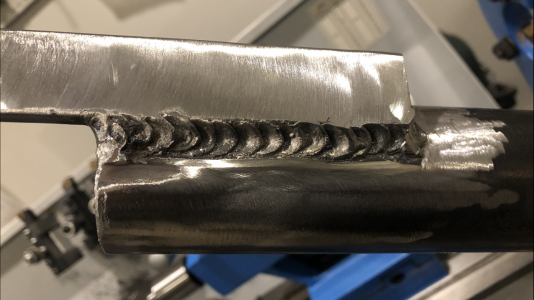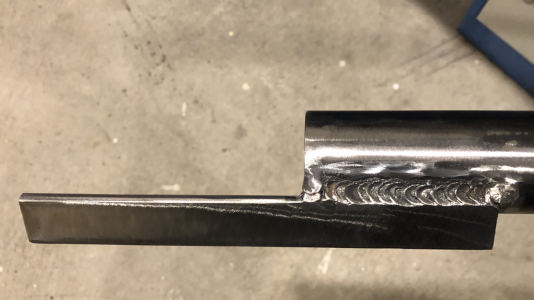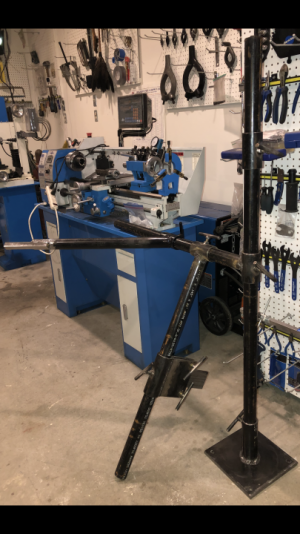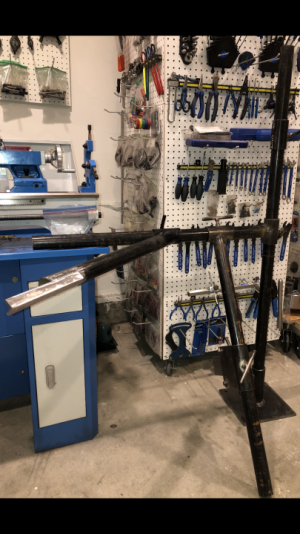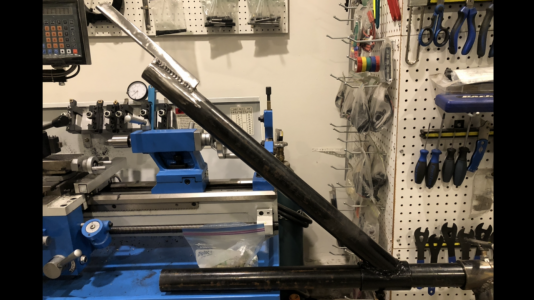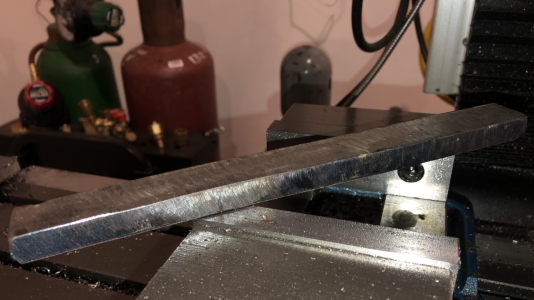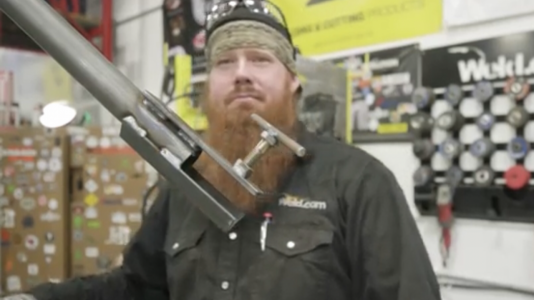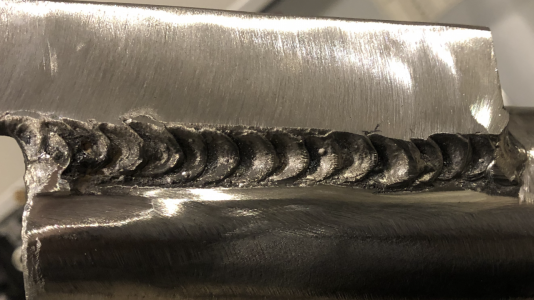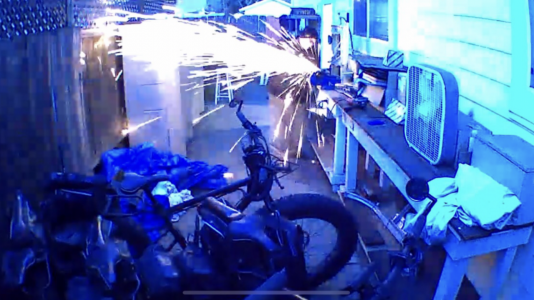- Joined
- Sep 8, 2019
- Messages
- 4,392
Here are a bunch of pictures. Painted 45° joint, bottom half of fixture that clamps pipe (or tubing), weld test stand at 45° (6G) position as well as 2 views of horizontal (
View attachment 400389
View attachment 400390
View attachment 400392
View attachment 400391
5G) position, and a 3/8” flat bar that I am going to mill.
This 3/8” flat bar was made from two 1/4” flat bars (
View attachment 400393
View attachment 400394
View attachment 400395
ded together. This 3/8” flat bar will be the top half of the fixture that holds the pipe (or tubing).
I will include a screenshot from the YouTube video that gave me the idea for this fixture. In the picture, you will see Jason Becker with the clamp that holds the pipe (or tubing).
View attachment 400388
View attachment 400389
View attachment 400390
View attachment 400392
View attachment 400391
5G) position, and a 3/8” flat bar that I am going to mill.
This 3/8” flat bar was made from two 1/4” flat bars (
View attachment 400393
View attachment 400394
View attachment 400395
ded together. This 3/8” flat bar will be the top half of the fixture that holds the pipe (or tubing).
I will include a screenshot from the YouTube video that gave me the idea for this fixture. In the picture, you will see Jason Becker with the clamp that holds the pipe (or tubing).
View attachment 400388


